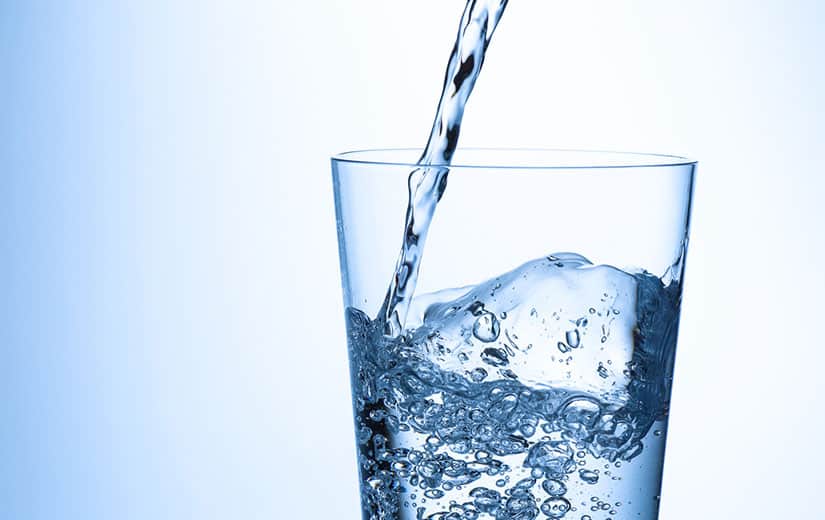Every professional in the food industry is required to know and scrupulously respect the rules concerning the transport of foodstuffs. Certain reflexes should be adopted in order to respect the cold chain and avoid any health risk by making the product unfit for consumption and dangerous for the most fragile customers (pregnant women, children, the elderly, etc.). The quality of the products as well as the health of the consumers are two things that should not be neglected in the restaurant industry.
Summary
The importance of respecting the cold chain
Respecting the cold chain means ensure that food is maintained at an adequate temperaturewhether positive or negative. This makes it possible to preserve the hygienic and nutritional qualities of the products in order to preserve them until their use in the kitchen. A rise in temperature accelerates the proliferation of bacteria. Thereby, a healthy product can become a risky product. A break in the cold chain leads to risks of food poisoning. Food industry professionals have an obligation to comply with the temperatures imposed by regulations with regard to the transport of foodstuffs. They differ according to the category of foodstuffs (dairy products, vegetables, fish, etc.) and are generally indicated on the product label.
Legal standards and obligations
Transportation is a risky step since that’s when the cold chain can be broken. Food products are handled, moved and must be kept at the same temperature during transport. The standards and obligations with regard to the transport of foodstuffs are very strict. All of these rules are established by the European Parliament in order to establish common regulations within the European Union. The legislation obliges to have use of machines meeting ATP specifications for the transport of perishable foodstuffs. They must be clean, in good condition, cleaned between two loads, and exclusively dedicated to the transport of foodstuffs. Temperatures must be capable of being monitored using a thermometer or temperature recorder. New technologies allow the driver and the recipient of the products to check the temperature continuously.
The necessary equipment
Food can be transported using an insulated box. It’s a economical, sustainable and efficient means. The container is designed to ensure the distribution of thermally sensitive foods. It guarantees the maintaining a constant temperature, without heating or cooling, throughout the duration of transport, whatever the situation (frequent stops of the vehicle, opening and closing of doors, etc.). This means of transport makes it possible to respect the cold chain, even if the journey time is longer than that initially planned. The use of food insulated boxes is suitable for both short and long journeys. Its operation is fairly simple: the cold provided by ice packs or eutectic plates compensates for heat loss. In this way, the temperature remains stable throughout the duration of the transport.
Transport can also be achieved using covers or cooler bags. Intended for professional use, the fully washable thermal cover offers ideal protection. It allows temperature control during storage, transport and distribution of products to be packaged at a defined temperature. The isothermal covers adapt to a ladder, a pallet, a trolley… The isothermal bag is more suitable for transporting small goods and over a relatively short distance. However, it guarantees the transport of all products sensitive to temperature variations and perfectly meets the needs of professionals in the food sector. To obtain optimum cold retention, the cooler bag can even be combined with a cold accumulator.
To ensure food industry professionals safe transport of their goods, it is important to possible to use professional coolers. Fully refrigerated, the coolers are equipped with an electronic thermostat that allows you to adjust the temperature as needed (positive cold, negative cold or temperate). Unlike a cooler intended for individuals, this professional equipment allows food to be kept cool for several days. It also benefits from a large capacity and is designed to withstand transport conditions.




